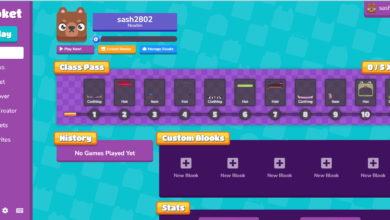3 Factors That May Make an Accurate Dyslexia Diagnosis More Difficult

According to the National Center for Learning Disabilities, as many as one in five children in the United States has a learning disability. This category includes diagnoses such as attention-deficit hyperactivity disorder and dyslexia.
Dyslexic children are just as intelligent and capable as their peers but express difficulty when reading, paying attention in class, and pushing through the frustration that accompanies many learning activities. Early identification and assessment are crucial in providing help to these children throughout their school years, but poor assessment techniques can leave dyslexic children undiagnosed. Read on to learn ways to spot dyslexia and understand how to provide a more thorough assessment process.
Symptoms of Dyslexia
Dyslexia has many commonalities in how it presents itself among children. However, contributing factors that complicate diagnosis are challenges such as having multiple disabilities like ADHD, autism, and other difficulties.
Core features of dyslexia are hard to recognize during early development, such as the preschool years. There are several risk factors to look out for, like delays in talking, trouble remembering sounds or rhymes, and problems naming letters and associating them with sounds. At school age, a teacher or parent may notice the following symptoms:
- Difficulty reading and spelling
- Trouble understanding the difference between letters and sounds
- Avoiding reading or letter-based activities in class
- Inability to sequence events correctly
3 Factors That Can Confound Diagnosis
A case of dyslexia is more complex than difficulty in letter recognition. Below are three factors that can complicate the diagnostic process and suggestions for improving assessment clarity and function.
- The Student’s First Language
Students from a different language background may find it easier to read in their first language than in English — but this preference is not the only factor at play here. Languages with deep orthographies, such as English, French, and Chinese, feature a vaguer connection between letters and sounds.
Languages with shallow orthographies, such as Spanish or two of the writing systems in Japanese that have phonetic pronunciation, are often easier for dyslexic children to grasp when learning to read. Students who speak English as a second language may not receive proper assessment in primary school due to these differences.
- The School’s Assumptions About the Child’s Intelligence
Gifted students are notorious for unknowingly compensating for deficits and evading assessment even by the most qualified teachers and clinicians. Twice-exceptional students should be given the same assessment protocols as other students suspected of dyslexia.
- The Clinician’s Assessment Tools
Ideally, all students suspected of dyslexia should undergo an assessment with multiple batteries based on the most up-to-date research and best practices in diagnosis. Clinicians who do not keep up with continuing education and fail to assess a child with more than one measure, even if it has worked for them in the past, may miss several students who need assistance.
Get in Touch with WPS Publish
It is crucial to understand the importance of early diagnosis for dyslexia and related conditions. Learn more from WPS Publish and browse our database for today’s prevailing assessment measures.




